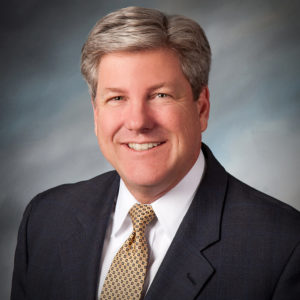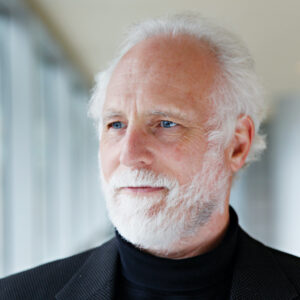![]()
Originally published on ThinkAdvisor.com, January 27, 2016
By Knut A. Rostad
The year 2016 will become historic in the annals of financial planning and investment advice. The DOL will finalize rulemaking. The SEC will initiate rulemaking. The CFP Board will review its standards. The Institute for the Fiduciary Standard will advance Best Practices for Financial Advisors. In key respects, the debate over fiduciary duties ended last year with the DOL Conflict of Interest Rule win. The battle over the meaning of fiduciary and of “best interest” rages on. (This issue is discussed in detail in an Institute white paper.)
This battle is important because it’s about principles that will shape the future of what advicemeans. And its outcome is uncertain because it is not clear how well the battle will be waged. There is much ground (and market share) to battle over. The range of views espoused from DOL, SEC. FINRA, SIFMA, CFPB and the Institute reflect major differences. Differences of magnitude (apropos in a presidential election year) as between Bernie Sanders and Ted Cruz, who reflect opposing principles and interests.
On the one side, the SEC, FINRA and SIFMA have a unified view that conflicts of interest are omnipresent and inevitable and, most importantly, widely acceptable. This is the “Conflicts Are Okay” view. According to this view, the regulatory issue is no longer avoiding conflicts – or even managing and mitigating the harms of unavoidable conflicts. Instead the regulatory issue is disclosure, sometimes with consent, but virtually never with true client understanding of a complete picture of the conflict. That is, anyway, according to volumes of research and experience.
On the other side, DOL, CFPB and the Institute reject the premise of “Conflicts Are Okay,” and instead, to varying degrees, believe that conflicts of interest are a major problem to be avoided at all costs. While the groups do not agree on key particulars, let there be no doubt that there should be agreement here. We should rally around a clear and unambiguous view that conflicts of interest are inherently harmful to investors and must be avoided and unavoidable conflicts’ harms must be managed to benefit clients.
This is why the “Conflicts Are Okay” view should be vigorously rejected: Investors have a weak grasp of elementary financial concepts and fail to see the difference between advisors who operate as fiduciaries and brokers who operate as sales representatives.Conflicts of interest disclosures simply do not work. Retails investors generally cannot navigate the complexities of advice.
The outcome of the battle is also uncertain despite two interesting facts that get little attention. First, the case for trusted advice is broadly compelling and accepted and found in history, law, research and common sense. A compelling case such that outside Washington, many observers ask what is the “debate?” The answer is, nothing. In that, there is no debate. Curiously, industry advocates implicitly acknowledge as much.
The second fact is that industry advocates neither challenge nor refute the case for trusted advice. They do not refute the core merits, rationale and case for fiduciary duties. They do not challenge the writings of professors such as Frankel, Laby and Bullard which set out the case for fiduciary duties and why they matter. This leaves industry advocates left to argue, unpersuasively, about costs and economics. Or alternatively, and even more unpersuasively, that fiduciary duties harm investors.
Still, the battle rages on, and in a manner that CFA Institute Managing Director Kurt Schacht just described as “a national disgrace with investors getting the short end of the stick.” These are tough words that are on point considering the magnitude of the cynicism at play. Wall Street lobbyists continue to publicly cheer for, and/or claim to support, a “Best Interest” standard, all the while lobbying vigorously against it.
Looking ahead, the dynamics of the battle will change. It’s a new world where the battle will be far more influenced by market forces. New investor attitudes and aptitudes matter greatly. As do products, technologies and digital offerings that have already started to disrupt the landscape and raise awareness and expectations on what constitutes reasonable fees, breadth of services and transparency.
Advisors can make a difference in this battle in this new world. They can speak out for fiduciary advice and, as important, against visible faux fiduciary actions and practices. They can demonstrate to skeptical investors how they and some advisors merit their trust and confidence – not just in words, but in deeds. And how some advisors do communicate plainly and clearly and truthfully and do act transparently in their clients’ best interest. And that they follow written practices that are concrete, verifiable, and understandable and reflect true fiduciary duties. Those advisors already effectively follow the Institute’s Best Practices for Financial Advisors.

